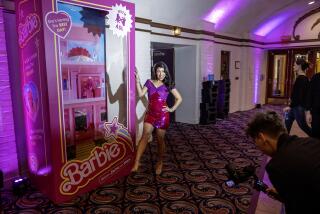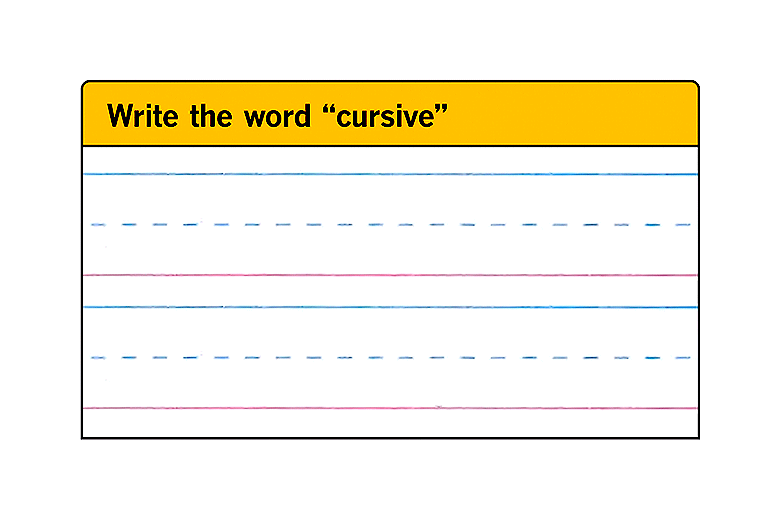Blind children compete in Braille Challenge
- Share via
Fingers fly over the raised dots, doing the work that eyes cannot. Eleven children in yellow T-shirts are reading one of three passages — “Rainy Day Fun,” “Two Great Vacation Ideas” and “Velveteen Rabbit.” Then they turn to their Perkins Braillers, which look like a manual typewriter with just nine keys, and stamp out answers to questions that test their reading comprehension.
“I’m not very nervous,” 9-year-old Ashlee Thao said before the 50-minute test began. “I got all of the nervousness out of my mind. Now I’m just very excited.”
Thao was among 60 blind students ages 6 to 19 who gathered at the Braille Institute of America in Los Angeles on Saturday for the 10th annual Braille Challenge, a competition aimed at drawing attention to the declining use of Braille and its importance to literacy in the blind community.
The contestants, from 43 states and four Canadian provinces, had qualified as finalists at regional events. Split into five age groups, they tackled tests of speed and accuracy, proofreading, comprehension and graph reading. Winners at Saturday’s finals received prizes including $1,000 to $5,000 in savings bonds and a portable computer adapted for the visually impaired.
“I’m doing so, so awesome. We’re the best of the best,” Gabriella Geraghty, 8, told her father after completing a Braille spelling test.
“You’ve won already,” he answered.
The New Hampshire girl was born premature at 24 weeks, weighing 1 pound, 6 ounces, and with both retinas detached.
“We sometimes tell her that someday, maybe they will come up with a procedure that will make you see,” Scott Geraghty said later. “And she says, ‘Daddy, I already can see. I see with my hands.’”
Gabriella is adept at what’s becoming a lost art. It’s estimated that less than 10% of legally blind people in the United States read Braille, down from approximately 50% in the 1960s.
“Most blind kids 50 years ago were educated at schools for the blind,” said Nancy Niebrugge, director of the Braille Challenge. “Today they are mainstreamed into public schools where there isn’t enough funding or trained individuals” for blind students to master Braille.
Technology has played a huge role as well. Advances in voice recognition, text-to-speech and computer screen reading software have made it possible for the blind to communicate and consume information without Braille. Also, Braille books are inherently expensive and bulky: One Braille Bible for sale online runs 18 volumes, each of which is the size of a telephone directory.
But reliance on audio communication is not literacy and comes at a cost, Braille advocates say. Studies show a connection between learning to read a written language and brain development in children. And while unemployment is high among the blind, 70% of those who are employed full time are Braille literate.
“This is still a print-driven society. Blind people are competing in the printed world and they need to process information as fast as you and I do,” Niebrugge said. “With Braille, they are able to keep up with the onslaught of information we all face.”
One of Saturday’s contestants was Merlyn Hileman, an 11-year-old from Brea who was born with a disorder of the eyes and underwent more than 20 surgeries before going blind at age 2.
“She was a fighter from birth,” said her mother, Melissa. “After she went blind it took her just two weeks to decide, ‘This is the way it’s going to be,’ and she started trailing her hand along the wall and figuring out how to live within her new environment.”
Today, Merlyn is a bookworm who can read Braille at 220 words a minute. Next week she will travel to Texas for a reading competition sponsored by the National Federation of the Blind.
“At night we had to lock our office, where she keeps all her books,” her mother said. “Otherwise she’d spend all night reading and never sleep.”
More to Read
Sign up for Essential California
The most important California stories and recommendations in your inbox every morning.
You may occasionally receive promotional content from the Los Angeles Times.













